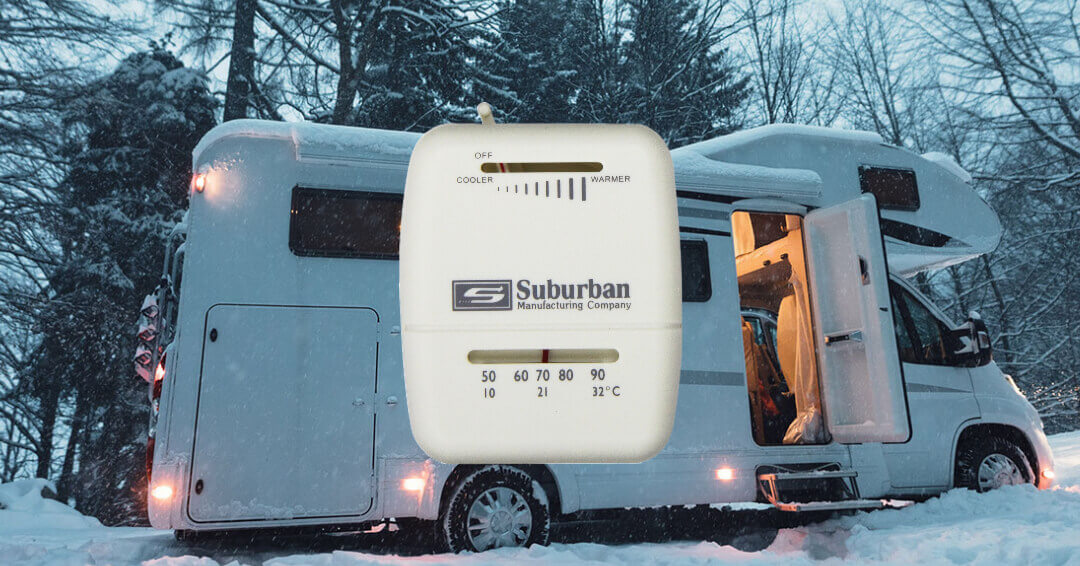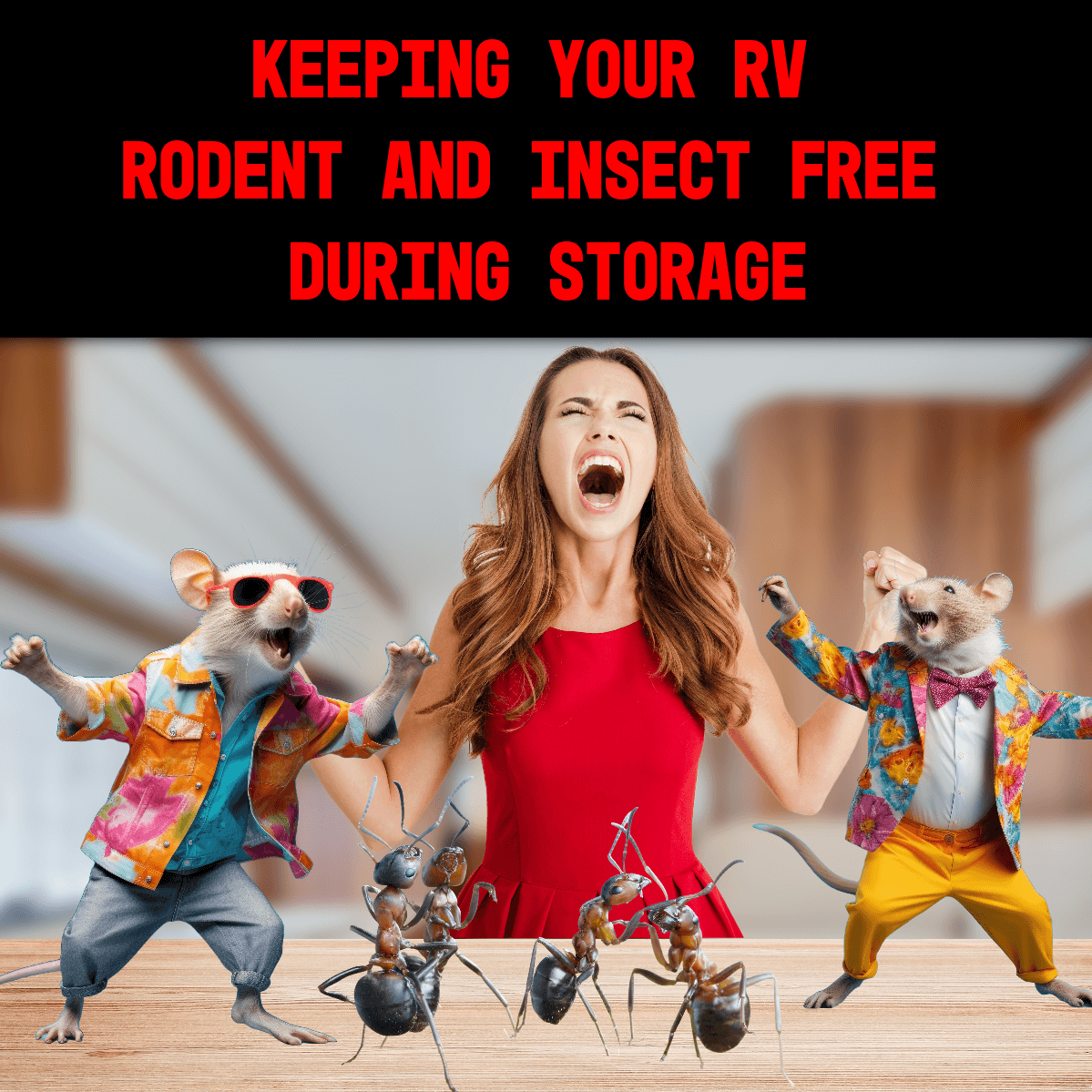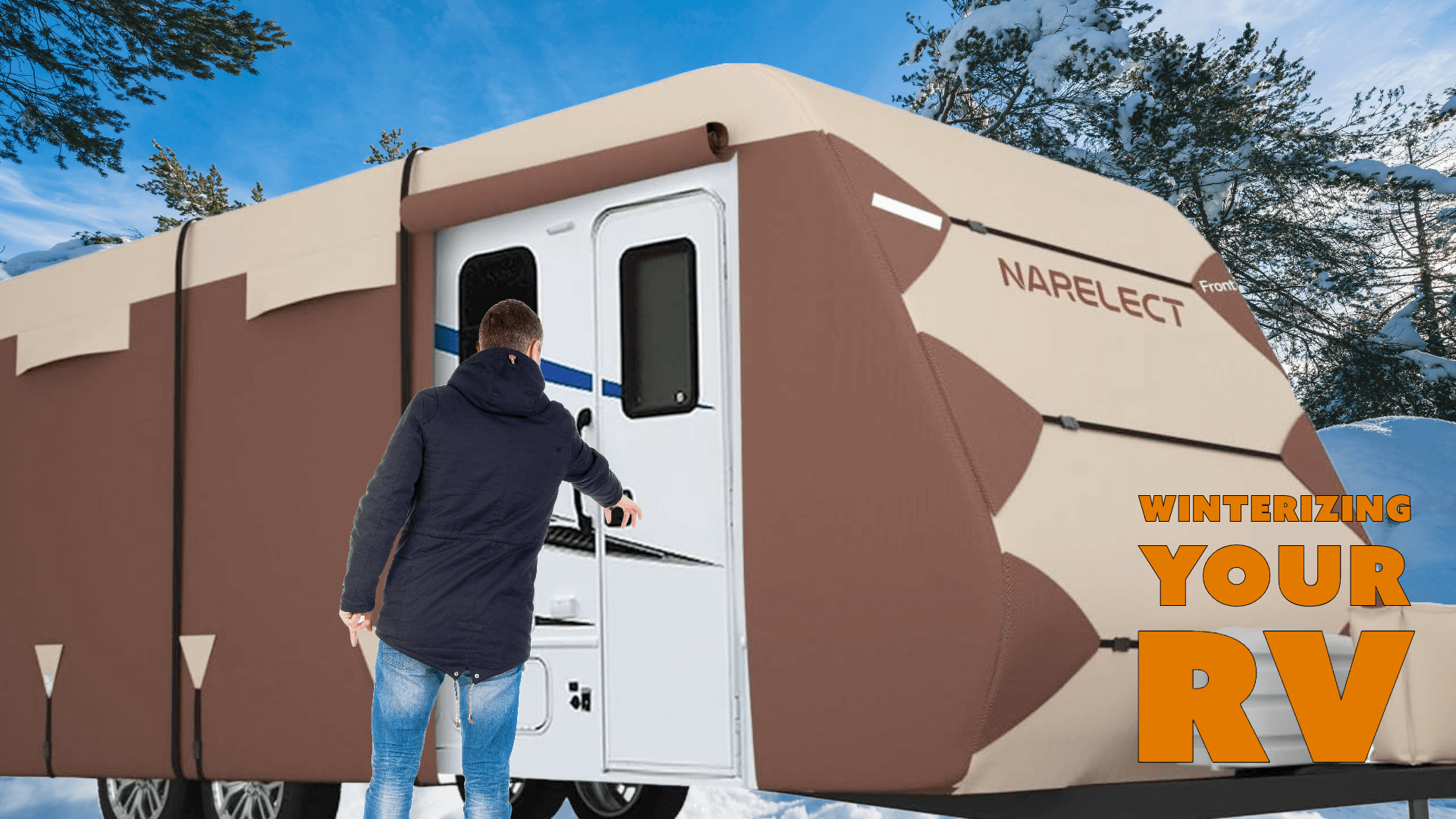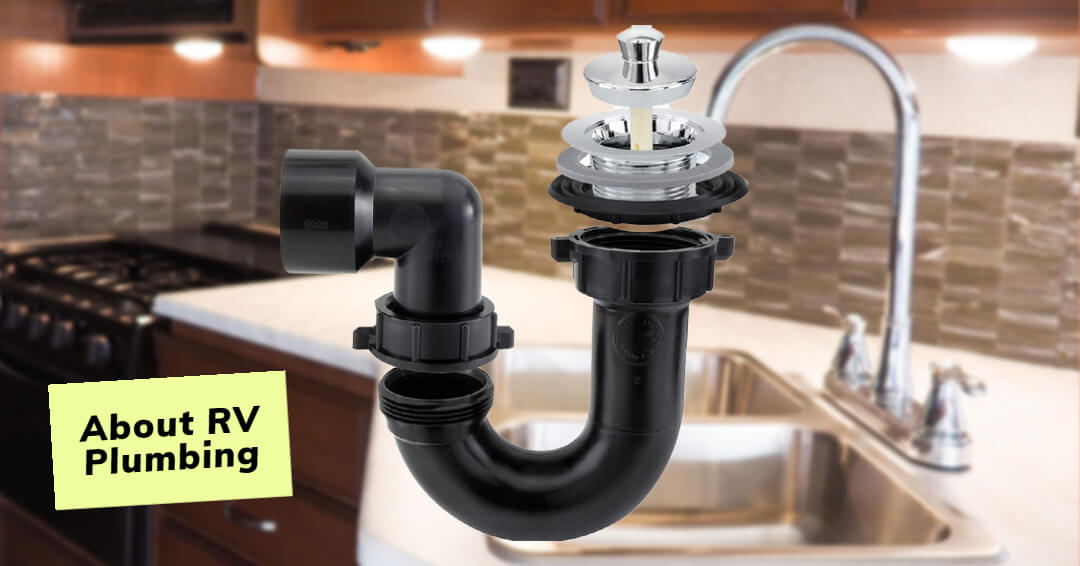- Home Page
- RVing Tips & Tricks
- Getting Your Rv Furnace Ready for Winter
Getting Your RV Furnace Ready for Winter RVing
By Alan Wiener
Editor of Everything About RVing
If you plan to do some winter RVing, then getting your RV Furnace ready for winter is important
If you are planning to do some winter RVing, then getting your RV Furnace ready for winter is important. You must inspect and perform some preventative maintenance on your RV's furnace prior to hitting the road. Doing a simple inspection/maintenance of the furnace will ensure that you will have heat once you arrive at your winter camping destination.
RV Furnace Inspection and maintenance
Exterior
- Inspect the outside furnace vents for proper air flow. Any blockages that you find need to be cleared out prior to operating the furnace. In some cases, you may find that insects including mud daubers, wasps and spiders may have partially blocked your furnace's vents. You may also find some mice and bird nests that have also blocked these vents. These nests can interfere with proper air flow to your furnace. To prevent this from happening in the future, you can purchase some RV Furnace Insect Screens that will prevent these little creepy crawlies from entering the vents in the first place.
- Inspect the RV furnace vents for any signs of soot. Soot is a sign of improper combustion within the furnace. This improper combustion creates Carbon Monoxide. If you spot any soot, you should not operate your RV's Furnace until a Certified RV Technician has thoroughly inspected it.
- Since we are talking about it, it is especially important that you check your RV's Carbon Monoxide Detector for proper operation. Also check the Carbon Monoxide Detector's expiration date; yes, believe it or not Carbon Dioxide Detectors are only good for 5 or 6 years. Replace the Carbon Monoxide Detector if it has expired or does not operate properly.
Interior
- First things first. I receive a lot of questions from RVers asking where they can find the air filter for their RV's Furnace. The simple answer is that most RV Furnaces have no air filters at all. If you are not sure if your furnace has an air filter, refer to your RV Furnace's Owner's Manual. If your furnace does not come with an air filter; do not try to add one as it will interfere with the proper operation of your RV's furnace.
- Check to make sure that the return air vent from your RV's furnace is not blocked. There should be no items placed in front of the return air vent. Blocking this vent can interfere with the proper and efficient operation of the furnace.
- Now would also be a good time to remove the Return Air Vent grill from your furnace and use a vacuum cleaner to remove any dust or dirt from the vent grill and around the furnace itself.
- Check all the heater vents to make sure that they are not blocked or damaged. A damaged or blocked heater vent can interfere with the proper and efficient operation of the furnace. If you find a damaged vent, make sure that it is repaired by a Certified RV Technician prior to operating the furnace.
Test the Furnace
Now that you have completed the routine maintenance and inspection of your RV's Furnace it is time to see if it will fire up.
- Make sure that your RV's propane is turned on
- Now turn the RV thermostat on. Depending on the type of heating/cooling system you have in your RV, you may only have one thermostat that operates both the AC and Heat, in that case you would switch the thermostat to heat. Your RV may have a separate thermostat for the furnace, in that case you would turn the thermostat to the "On" position. If you have more than one furnace in your RV, you may have a separate thermostat for each of them and/or any combination of the above.
- Now set the thermostat to a higher temperature than the current temperature inside your RV. When you do this, you may hear a clicking sound coming from the area where your furnace is located. This clicking sound is completely normal as it is the Direct Spark Ignition on your RV's furnace attempting to light the propane burner on the furnace.
- Within one or two minutes you should feel heat being blown out of the RV's furnace vents.
- If after a few minutes you have no heat coming out of the vents or the heater is no longer attempting to light, you should turn off the heater and have your RV Furnace inspected and serviced by a Certified RV Technician.
To review this process, you may want to look at the video below by RV Expert Mark Polk on the properly conducting an RV Furnace Checkup.
To view all the RV Education 101 educational materials from the RVing Expert Mark Polk visit the RV Education 101 Website

I hope that this information on getting your RV Furnace ready for winter is important and will be helpful in ensuring that you will be nice and warm during your next winter RVing Adventure.
Below are the Frequently Asked Questions about Getting Your RV Furnace Ready for Winter RVing
FAQ
Why is it important to prepare my RV Furnace for winter RVing?
Why is it important to prepare my RV Furnace for winter RVing?
Preparing your RV Furnace for winter RVing ensures that you have heat when you arrive at your winter camping destination, after performing preventative maintenance and inspections on your furnace.
What blockages should I look for when inspecting the outside furnace vents of my RV?
What blockages should I look for when inspecting the outside furnace vents of my RV?
Look for blockages such as insects including mud daubers, wasps, spiders, and nests from mice and birds, which can interfere with the furnace's proper air flow. It's essential to clear any blockages before operating the furnace.
What does the presence of soot on the RV furnace vents indicate?
What does the presence of soot on the RV furnace vents indicate?
Soot on the RV furnace vents is a sign of improper combustion within the furnace, leading to the creation of Carbon Monoxide. If you spot any soot, the furnace should not be operated until inspected by a Certified RV Technician.
Do most RV Furnaces have air filters?
Do most RV Furnaces have air filters?
No, most RV Furnaces do not have air filters. Always refer to the RV Furnace's Owner's Manual to check for specific details about your furnace.
How do I test if my RV's furnace is working after completing the maintenance and inspection?
How do I test if my RV's furnace is working after completing the maintenance and inspection?
Turn on the RV's propane, switch the thermostat to heat or the "On" position (depending on your system), and set it to a higher temperature than the current inside temperature. You should hear a clicking sound and feel heat from the furnace vents within one or two minutes. If there's no heat or the furnace stops trying to light, it needs inspection and servicing by a Certified RV Technician.




